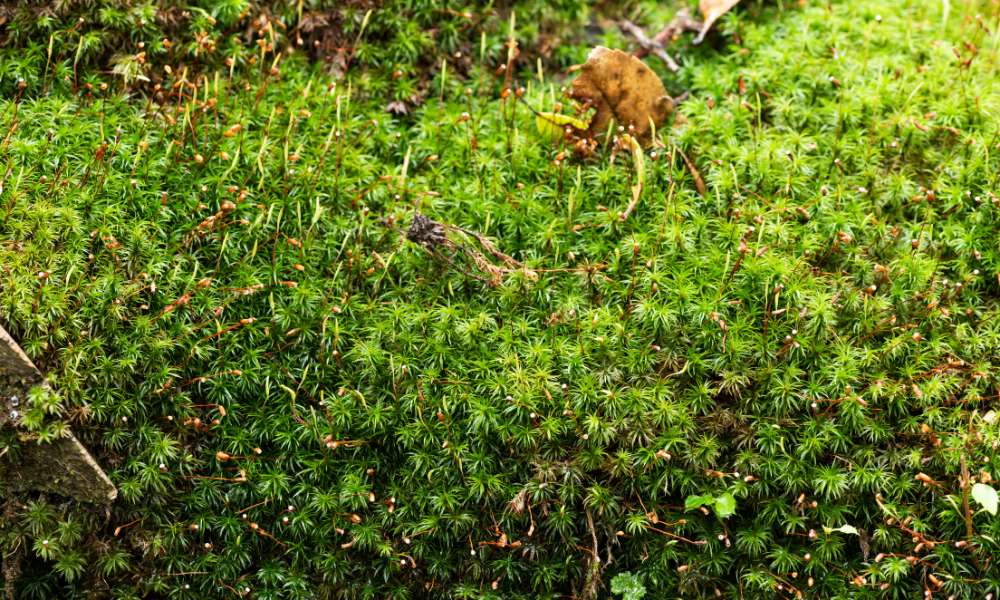Growing a moss lawn might just be the perfect solution for you. This guide on how to grow moss lawn is your ticket to creating an enchanting, low-maintenance haven right in your backyard. Not only does a lichen lawn bring a serene beauty to your outdoor space, but it’s also incredibly eco-friendly, requiring far less water and no mowing compared to its grassy counterpart. Understanding the essentials of how to nurture and maintain a lichen lawn is crucial, and by the end of this article, you’ll know exactly why and how you can transform your garden into a verdant retreat. So, let’s dive into the world of moss lawns, where simplicity meets sustainability, and discover how to cultivate your own patch of green paradise.
Can Moss Lawns Thrive In Sunny Areas?
Moss lawns typically thrive in shaded and damp areas, making them a great alternative to traditional grass lawns in shady spots where grass struggles to grow. However, moss can also survive in sunny areas as long as it receives enough moisture to keep it thriving. In sunny locations, moss may require more frequent watering and care compared to shaded areas to prevent it from drying out and turning brown.
How Often Should I Water My Lawn?
Watering frequency for a lawn can vary depending on the climate and conditions in which it is growing. In general, moss prefers consistently moist but not waterlogged soil. It is important to monitor the moisture level of your lawn regularly and adjust your watering schedule accordingly. During hot and dry periods, you may need to water more frequently to prevent the lichen from drying out.
Are Moss Lawns Resistant To Foot Traffic?
Moss lawns are generally not resistant to heavy foot traffic. Moss is a delicate plant that thrives in moist, shady areas with minimal disturbance. Walking or playing on a lawn can easily damage the delicate lichen plants, causing them to die off and creating patches of bare soil. If you have a high-traffic area in your yard, it’s best to avoid planting a lawn in that spot.
Understanding Growth Habits
To cultivate a thriving moss lawn, a fundamental grasp of moss growth habits is crucial. Mosses are non-vascular plants that thrive in damp, shady environments, though some species can also tolerate sun if moisture is abundant. Unlike typical lawn grasses, lichen doesn’t have roots; instead, they have rhizoids that help them attach to surfaces and absorb nutrients. They prefer acidic soil and can grow on hard surfaces like rocks and trees. Understanding these habits is the first step in successfully grow a lawn, as it informs where and how you should plant your moss to flourish in your garden.
Sourcing Moss From The Wild
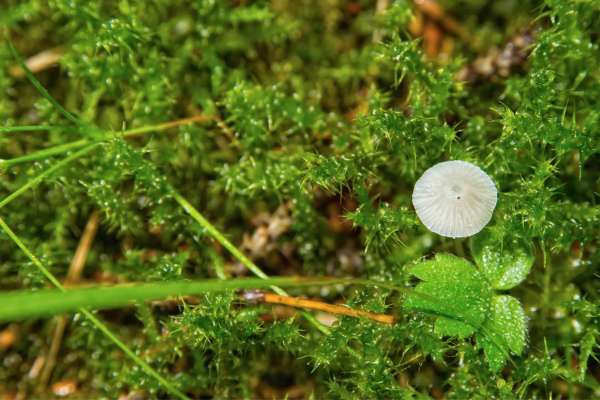
Sourcing moss from the wild can be a rewarding and sustainable way to create a lush green lawn with unique textures and colors. Moss, being a resilient plant that thrives in shade and moisture, can be sourced from various natural habitats such as forests, riverbanks, or even rocky terrains. The key to successful moss sourcing lies in identifying the right species for your desired aesthetic and environment. By choosing the right type of lichen, you can ensure a thriving and healthy lawn that requires minimal maintenance.
Reproducing Moss From Existing Patches
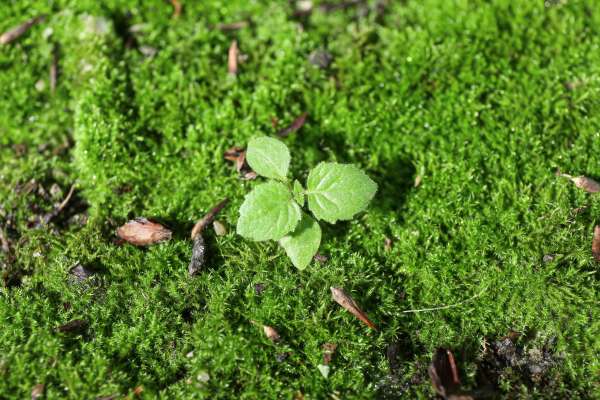
Reproducing moss from existing patches is a simple yet fascinating process that can transform your garden or outdoor space into a lush, green paradise. By carefully collecting a small patch of moss from your yard or nearby wooded area, you can propagate it to cover a larger area with ease. One method involves blending the lichen with water in a blender to create a slurry that can be spread onto rocks, soil, or other surfaces where you want the lichen to grow. Another technique is to simply tear apart small pieces of the lichen and transplant them directly onto the desired location.
Blending Moss With Buttermilk
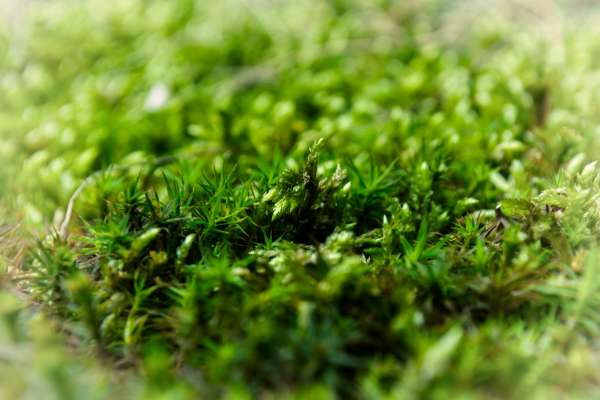
One intriguing method to propagate moss is by blending it with buttermilk. This might sound like an unconventional pairing, but the acidity in buttermilk provides an ideal environment for lichen spores to thrive. To start, you’ll want to gather a handful of living lichen that suits your lawn area. Combine this lichen with buttermilk in a blender until it forms a smooth, slurry mixture. The consistency should be spreadable, but not too runny, to ensure it adheres to the soil or substrate where you intend to grow your moss lawn.
Using A Spray Bottle

Using a spray bottle can be a game-changer when it comes to nurturing and maintaining a moss land. The gentle misting action of a spray bottle allows for precise watering, ensuring that the delicate lichen receives just the right amount of hydration without being overwhelmed. This method is especially beneficial for areas where traditional watering systems may be too harsh or disruptive.
Mist The Moss Regularly
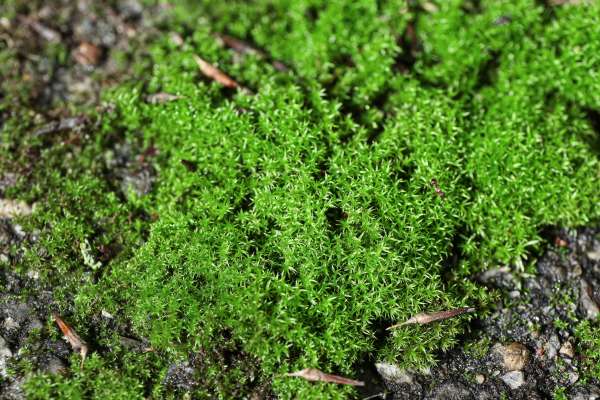
Moss thrives in moist environments, so regular misting is crucial, especially during the initial growth stages. After applying the moss and buttermilk mixture, use a clean spray bottle filled with water to mist the area gently. This should be done at least once a day, or more frequently during hot, dry periods. The goal is to keep the lichen consistently moist but not waterlogged. Regular misting not only provides the necessary hydration but also helps to establish the lichen more quickly, encouraging a dense, verdant growth that will soon transform into a beautiful land.
Observing Different Color Changes
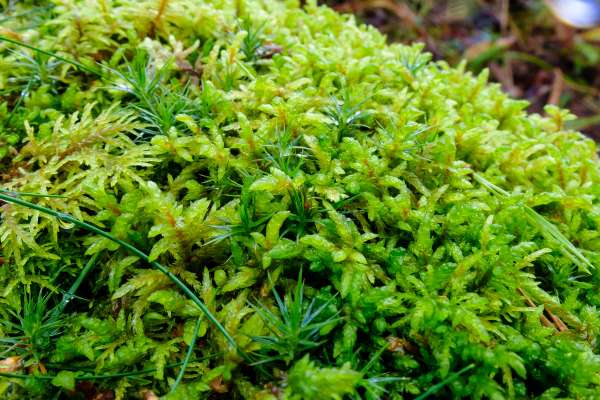
Observing different color changes in nature can be a fascinating experience, especially when it comes to the growth of lichen on your lawn. Moss is a unique plant that displays various shades of green depending on its health and environment. From vibrant emerald to muted olive, each hue tells a story of the moss’s current condition and vitality. By observing these color changes, you can gain valuable insights into the overall health of your land.
Using Shade Cloth Or Structures
Moss thrives in moist, shady environments, making the use of shade cloth or structures an effective strategy to promote its growth, especially in areas where natural shade is limited. Erecting a shade structure or draping shade cloth over particularly sunny spots can mimic the lichens preferred natural habitat, encouraging its spread and maintaining its lush, green appearance. This technique is particularly beneficial during the hotter months, when the intensity of the sun can stress the lichen, leading to discoloration or drying out. By controlling the amount of sunlight your land receives, you can maintain its health and vibrancy throughout the year.
Spreading To Suppress Weed Growth
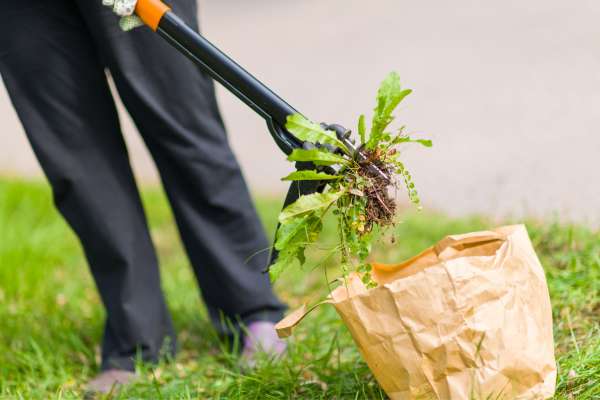
Spreading moss to suppress weed growth is a natural and effective way to maintain a lush green lawn without the need for harmful chemicals. Moss has a unique ability to outcompete weeds for essential nutrients and sunlight, creating an environment that inhibits weed growth. By encouraging lichen growth in your lawn, you can create a beautiful, low-maintenance landscape that requires minimal intervention.
Adopting Moss-Friendly Fertilizers
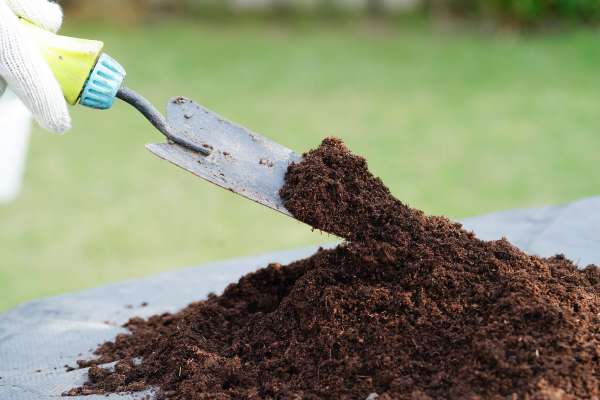
To getting rid of moss in your lawn are using lichen-friendly fertilizers can be a game-changer. These specialized fertilizers are designed to help promote the growth of healthy grass while discouraging the growth of lichen. By providing essential nutrients to your grass, these fertilizers create an environment that is less hospitable to lichen. Look for fertilizers that contain higher levels of nitrogen and potassium, as these elements can help improve the overall health and vigor of your grass.
Installing Stepping Stones
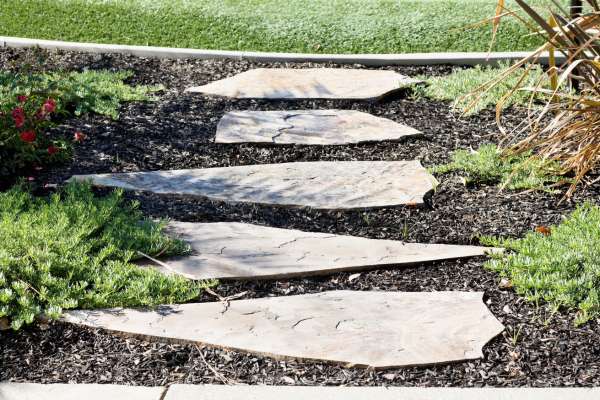
Installing stepping stones into your moss lawn not only adds a charming visual element but also serves a practical purpose. Stepping stones can help manage foot traffic, preventing compaction and damage to the lichen. When laying out the stones, consider the natural flow of your garden and the areas that receive the most footfall. The stones should be placed firmly within the lichen, ensuring they are level with the surface to avoid tripping hazards. This integration of functionality and design creates a harmonious balance in your land, combining practicality with the natural beauty of the moss.
Encouraging Natural Colonization
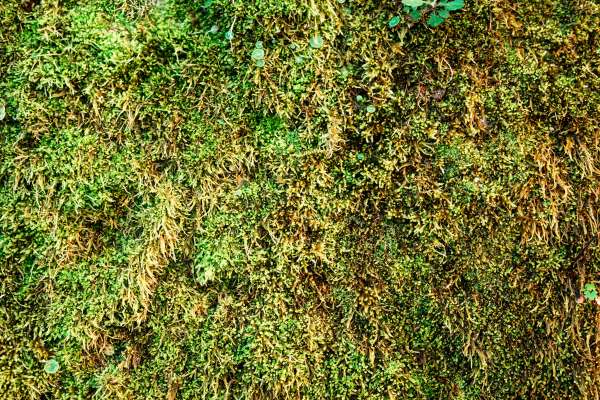
One of the most effective methods to establish and grow your moss lawn is by encouraging natural colonization. This process involves creating an environment conducive to lichen growth. Begin by selecting a shady area, as most lichen species prefer indirect light. Preparing the soil by removing weeds and debris, and adjusting the pH to suit lichen preferences, usually on the acidic side, lays the foundation for natural colonization. Introducing small patches of lichen can also accelerate the process, as these patches will gradually spread and cover the area. This method not only ensures a robust lichen lawn but also promotes a natural, organic growth pattern that is both resilient and self-sustaining.
Preparing Your Moss Lawn for Spring
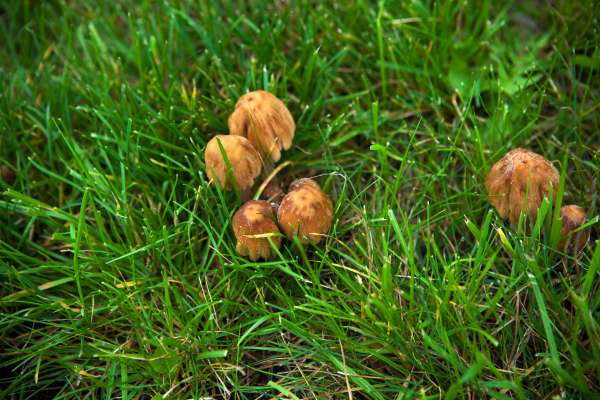
Preparing your moss lawn for the upcoming growth season is crucial. Start by gently cleaning the lichen surface, removing any fallen leaves, twigs, or debris that accumulated over the winter. Early spring is also an ideal time to check the pH level of your soil, making adjustments if necessary to ensure it remains conducive to lichen growth. Watering your lawn during dry spells in spring can kickstart growth, as lichen thrives in moist conditions. Additionally, this is the time to repair any areas that might have been damaged during winter, either by planting new lichen patches or encouraging natural growth. These preparations ensure that your lichen land emerges from winter dormancy vibrant and ready for the year ahead.
Integrating Moss Into Garden Art
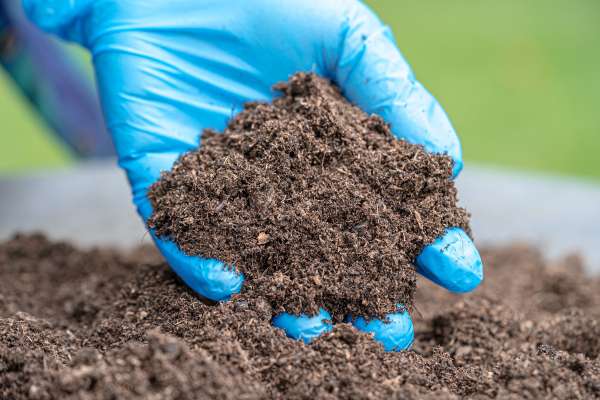
Integrating moss into garden art transforms your outdoor space into a living canvas, harmonizing with nature’s own palette. When you grow a lichen land, you’re not just cultivating a plant; you’re crafting an evergreen backdrop that enhances the beauty of your garden sculptures and features. Artists and gardeners alike find that lichens lush, verdant texture adds a unique dimension to garden art, allowing stone statues, pathways, and water features to stand out with a vibrant contrast. The key to successfully integrating lichen into garden art lies in understanding its growth habits and ensuring it thrives alongside your existing garden elements. By choosing to grow a moss lawn, you contribute to a tapestry that evolves with time, offering a dynamic and sensory-rich garden experience that captivates and soothes all who enter.
Capturing The Beauty
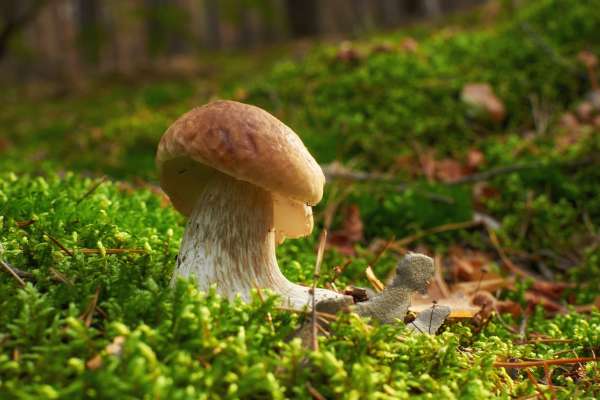
Capturing the beauty of your lawn means appreciating its simplicity and the tranquil ambiance it creates. A well-maintained lichen lawn offers a seamless, living carpet that invites you to pause and admire its delicate intricacies. The lush greenery provides a serene backdrop, ideal for meditation gardens or as a peaceful retreat. Photographing your lichen lawn during different times of the day can highlight its varied hues and textures, showcasing the lawn’s natural gradient as it responds to light and shadow. To truly capture its beauty, consider the angle and perspective, perhaps highlighting dew drops in the morning sun or the lichens plush texture in soft, diffused evening light. By growing a lichen land, you embrace a piece of nature’s artistry, providing a year-round spectacle of growth and renewal that resonates with the changing seasons.
Creating A Healthier Living Environment
Growing a lichen lawn is a step toward creating a healthier living environment. Unlike traditional grass lawns, lichen does not require mowing, thereby reducing carbon emissions and noise pollution. Its ability to thrive without fertilizers or pesticides minimizes chemical runoff, safeguarding local waterways and promoting biodiversity. Moss absorbs dust and pollutants, improving air quality while its dense matting helps prevent soil erosion. A lichen lawn also contributes to a cooler microclimate, as it retains moisture effectively and releases it slowly, mitigating heat during warmer months. By choosing to grow a moss lawn, you’re not only enhancing your immediate surroundings but also making a positive impact on the broader environment, fostering a sustainable and resilient ecosystem right in your backyard.
The Final Thought
To grow a moss lawn can be a rewarding and environmentally-friendly alternative to traditional grass lawns. By following the steps outlined in this article, you can create a lush and vibrant lichen carpet that will enhance the beauty of your outdoor space. Remember to choose the right lichen species for your climate and location, provide adequate moisture and shade, and avoid using chemicals that could harm the delicate lichen ecosystem. With patience and care, you can enjoy a low-maintenance, sustainable lawn that will thrive for years to come. Start your journey to a greener lawn today by taking the first steps towards growing your own lawn!
